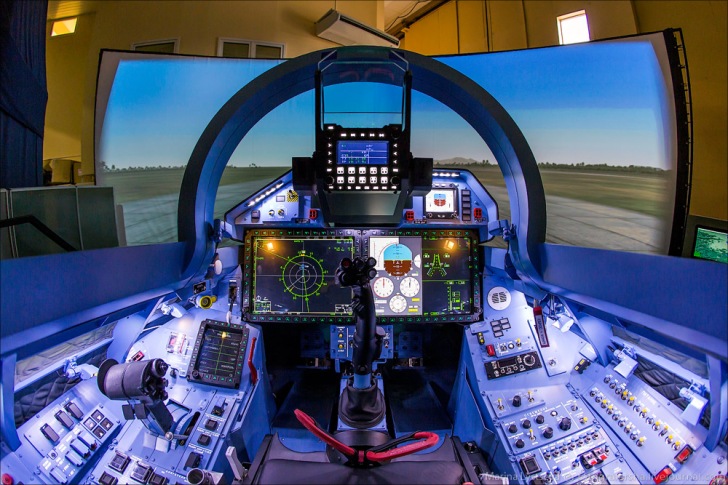To clarify.
Su-27SK --- Uses N001E. Basic N001 with some enhancement.
Su-27UBK --- Uses N001V. N001 with R-77 support
Su-30MKK --- Uses N001VEP. N001V with TV channel for use with TV guided weapons and optical bombs. Also supports Kh-31P.
Su-30MK2 --- Uses N001VEP, Same as MKK but with additional support for Kh-31A antiship missile.
J-11A --- N001V with R-77 support.
Cockpits are generic Su-27 except for one MFD at the right side. Second cockpit has TV operation used for missiles such as Kh-59 and KAB-500 bombs.
J-10A uses Type 1473 slotted array radar developed by NRIET. Cockpit has three MFDs.
J-11B uses Type 1475 slotted array radar developed by NRIET. Essentially, a larger and more powerful version of the 1473.
PD or Pulse Doppler capabilities are independent of the array design. Inverse Cassegrain is capable of PD. I hate using the term PD to call slotted array radar. It is misleading.
Phazotron offered Zhuk-II for J-8II upgrade, Zhuk-10 for J-10 and Zhuk-27 for Su-27SKM. None of these were accepted by China as China went with local NRIET alternative. J-8II went with Type 1471. The problem with Russian defense media and Kanwa (Pinkov) is that they were hyping all these as if they were done deals when they were not.
N11P offered 'Panda' upgrade. Panda consists of converting the Inverse Cassegrain to reflector spaced phase array. This is something like the Podkat naval radar and the Big Bird search radar for the S-300 uses. Namely you have a feed shining down on a reflector phase array which shifts electronically via electronically controlled polarizers. China did not take up on this offer but Russia may have used this to upgrade their own planes instead.
Despite mechanical design of the array, N001V to N001VEP may have featured more advanced microelectronics relative to the N001. Again, use of microelectronics are independent of array design. You can have old style arrays but the back end can still be modern. That's how old radars are updated without physical change in the array.
I would think that the J-10A would have better radar and cockpit avionics than the MKK and MK2. China found ways to adapt PL-8 and PL-12 to the J-11A, MKK and MK2. This reduced the gap but gap still remains. From then on, China was convinced it would be better to adapt the systems you have on the J-10A to the Flanker airframe to create the J-11B.
Relative to these planes, JH-7A and upgraded JH-7 uses JL-8 or JL-8A slotted array radar and also featured MFDs in the cockpit. This comes from a different institute from NRIET. J-7F uses a tiny slotted array, referred to as JL-7.


